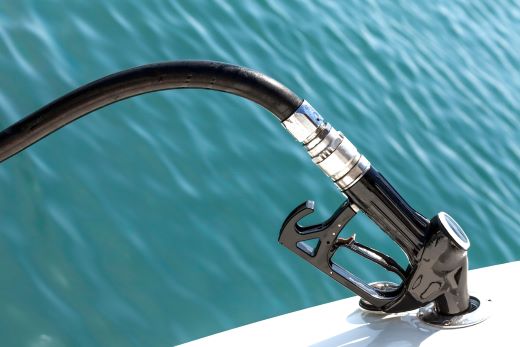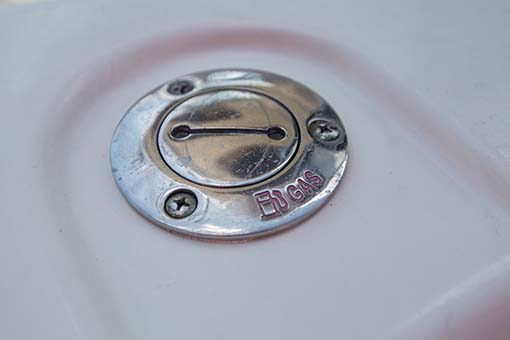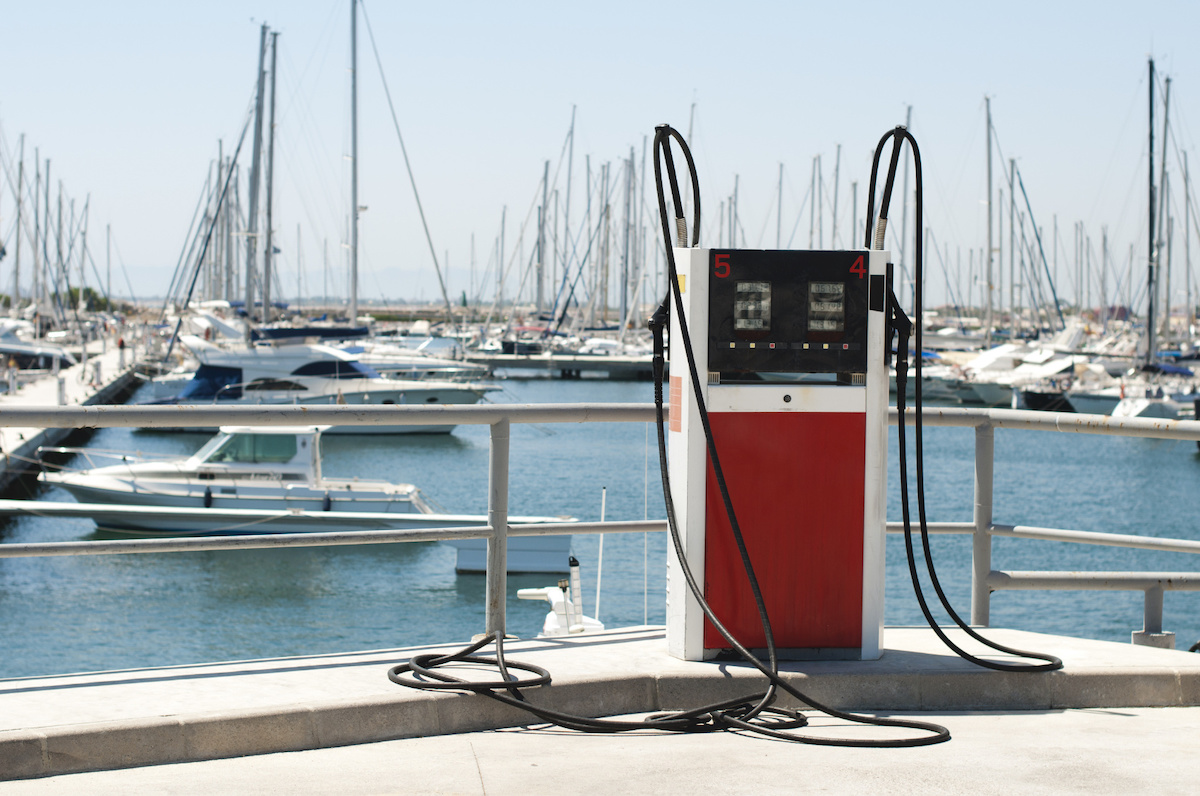Did you know that ethanol and misfueling are some of the top concerns among boaters?
If a boater fuels up with higher ethanol blends — such as E15 — it puts both themselves and their engines at risk. (Think: expensive damage or complete engine failure.)
Are you wondering how to avoid misfueling dangers? In this guide, we’re explaining everything you need to know about safe fueling practices.
Keep reading to discover common misfueling errors and what happens when you accidentally misfuel a boat.
What Is Misfueling?
Simply put, boaters can’t assume that every fuel sold at gas stations is compatible with marine engines. In fact, boats can only run on fuel with 10% or less ethanol (aka E10 fuel). And many boaters prefer to use ethanol-free fuel (E0) whenever possible.
Unfortunately, federal ethanol fuel mandates have made it difficult for boaters to find E0 fuel. And with more E15 (aka gasoline with 15% ethanol) being funneled into the fuel supply, the threat of accidentally misfueling is growing.
Read Next: Fueling Your Boat 101
Common Misfueling Errors
As we mentioned, the federal ethanol mandates (also known as RFS) required increasing amounts of biofuels to be blended into the fuel supply each year. And that growing mandate forces higher quantities of E15 into the marketplace, often at the expense of ethanol-free fuel.
Fuels containing more than 10% ethanol are illegal to use in marine engines, motorcycles, outdoor power equipment, and cars model year 2000 and older.
However, common misfueling errors occur when boaters accidentally — or unknowingly — fill their tanks with E15.
An estimated 95% of boats are refilled at gas stations. However, a Harris Poll found that over three in five Americans assume that any gas sold at fueling stations is safe for all cars and other non-road engine products, like boats and mowers.
The same poll revealed that roughly two-thirds of Americans believe higher ethanol blends of gas (aka E15) are safe to use in any engine. And only 25% of Americans notice the ethanol content at the pump. Instead, 69% of Americans choose the least expensive fuel whenever possible.
Using fuels with higher ethanol blends in boat engines is illegal in most places. However, only 7% of Americans know that using E15 for boats, mowers, chainsaws, snowmobiles, generators, and other products is illegal.
In addition, roughly one-third of Americans place their equipment into long-term storage without draining the leftover fuel first. It’s also a bad idea to use fuel that is over 30 days old or to store gasoline in an unsafe container.
What Happens If a Boat is Misfueled?
So, what happens if a boat is misfueled? Well, research shows that the price of accidentally misfueling a boat includes the following:
- Stalling
- Corrosion
- Fuel leaks
- Damaged valves
- Complete engine failure
Additionally, a Department of Energy study determined that using E15 fuel caused hotter operating temperatures, unintentional clutch engagement, erratic running, and engine-part failure.
Frequently Asked Questions (FAQs)
Concerned about ethanol and boat misfueling? Below are the answers to the most frequently asked questions:
Does insurance cover misfueling?
So, does insurance cover misfueling? While boat insurance usually covers blown engines, cracked engine blocks, or lower damage units, it doesn’t cover costs when negligence is involved.
In most cases, your insurance won’t cover the repair expenses for misfueling. However, you should check your policy to be sure.
How do you get rid of bad gas in a boat?
If you accidentally misfuel your boat, you can use a suction pump to drain bad gas from the gas tank. (For larger boats, we recommend using a motorized suction pump.) Store the bad fuel in a sealed bucket or container and continue until the fuel tank is empty.
Next, disconnect the fuel lines and spray fuel tank cleaner into the tank. (This prevents any new fuel from becoming contaminated.) Then, rinse the tank out with water. When finished, use the suction cup to drain the dirty water from the fuel tank.
Finally, reconnect your boat’s fuel lines and fill the tank with new, clean fuel. As mentioned, any fuel containing less than 10% ethanol is safe for marine engines. However, most boaters opt for E0 whenever they can find it.
The Bottom Line
While ethanol and misfueling are common boating concerns, we hope today’s blog post alleviated some of your fears. When refilling your boat’s fuel tank, remember to use fuel that contains less than 10% ethanol, and everything will be smooth sailing. Want more insider boating knowledge?
Visit Discover Boating’s Articles & Inspiration section for more maintenance tips, how-to guides, and boating inspiration.


